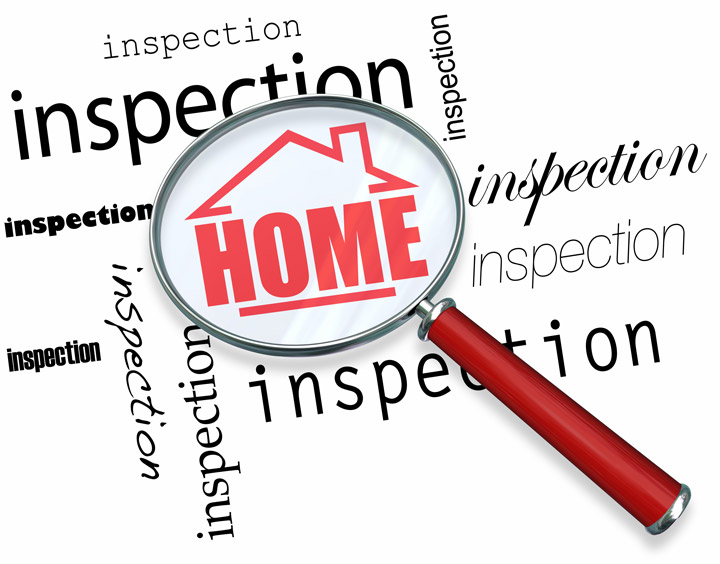
Real Estate Appraisals: A PrimerAcquiring a home is the most serious transaction some people will ever consider. Whether it's a main residence, an additional vacation home or a rental fixer upper, purchasing real property is an involved financial transaction that requires multiple parties to pull it all off. It's likely you are familiar with the parties taking part in the transaction. The real estate agent is the most known face in the transaction. Next, the mortgage company provides the money necessary to finance the transaction. And ensuring all aspects of the transaction are completed and that a clear title transfers from the seller to the buyer is the title company. So, who's responsible for making sure the value of the property is in line with the amount being paid? This is where the appraiser comes in. We provide an unbiased opinion of what a buyer might expect to pay — or a seller receive — for a property, where both buyer and seller are informed parties. A licensed, certified, professional appraiser from Schnepf Appraisal will ensure, you as an interested party, are informed. Inspecting the subject propertyTo ascertain the true status of the property, it's our responsibility to first complete a thorough inspection. We must see aspects of the property hands on, such as the number of bedrooms and bathrooms, the location, amenities, etc., to ensure they really exist and are in the shape a typical person would expect them to be. To make sure the stated size of the property has not been misrepresented and document the layout of the property, the inspection often entails creating a sketch of the floorplan. Most importantly, we look for any obvious amenities - or defects - that would have an impact on the value of the house. Following the inspection, we use two or three approaches to determining the value of real property: sales comparison and, in the case of a rental property, an income approach. 
Replacement CostThis is where the appraiser uses information on local construction costs, the cost of labor and other factors to determine how much it would cost to replace the property being appraised. This estimate usually sets the maximum on what a property would sell for. The cost approach is also the least used method. 
Paired Sales AnalysisAppraisers get to know the neighborhoods in which they work. They thoroughly understand the value of particular features to the homeowners of that area. Then, the appraiser researches recent sales in the area and finds properties which are 'comparable' to the home in question. Using knowledge of the value of certain items such as square footage, extra bathrooms, hardwood floors, fireplaces or view lots (just to name a few), we add or subtract from each comparable's sales price so that they more accurately portray the features of subject.
A true estimate of what the subject could sell for can only be determined once all differences between the comps and the subject have been evaluated. At Schnepf Appraisal, we are experts in knowing the worth of particular items in Show Low and Navajo County neighborhoods. The sales comparison approach to value is typically awarded the most importance when an appraisal is for a real estate purchase. Valuation Using the Income ApproachIn the case of income producing properties - rental houses for example - the appraiser may use a third way of valuing real estate. In this case, the amount of income the property produces is taken into consideration along with income produced by similar properties to derive the current value. The Bottom LineCombining information from all applicable approaches, the appraiser is then ready to stipulate an estimated market value for the property at hand. Note: While the appraised value is probably the most accurate indication of what a property is worth, it may not be the price at which the property closes. There are always mitigating factors such as the seller's desire to get out of the property, urgency or 'bidding wars' that may adjust the final price up or down. But the appraised value is typically employed as a guideline for lenders who don't want to loan a buyer more money than the property is actually worth. It all comes down to this, an appraiser from Schnepf Appraisal will guarantee you get the most fair and balanced property value, so you can make the most informed real estate decisions. |